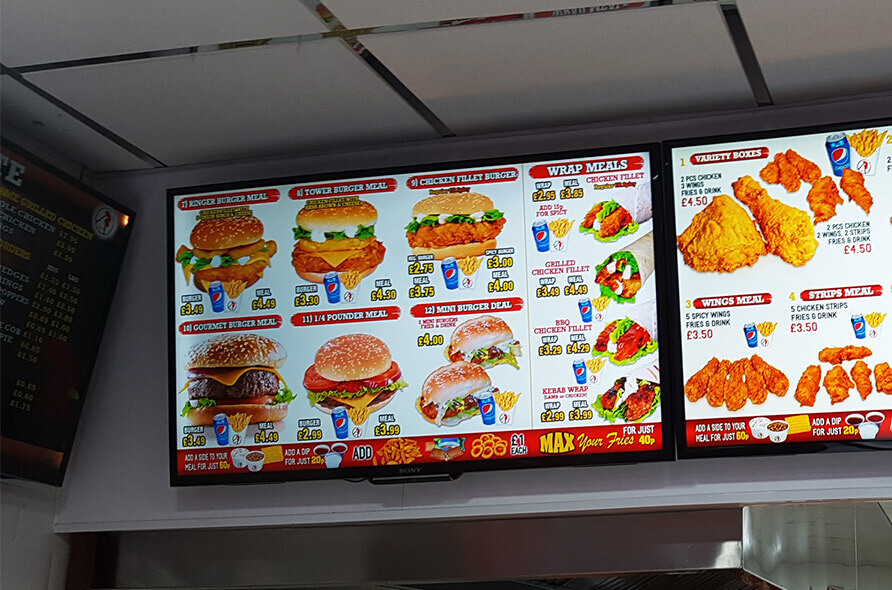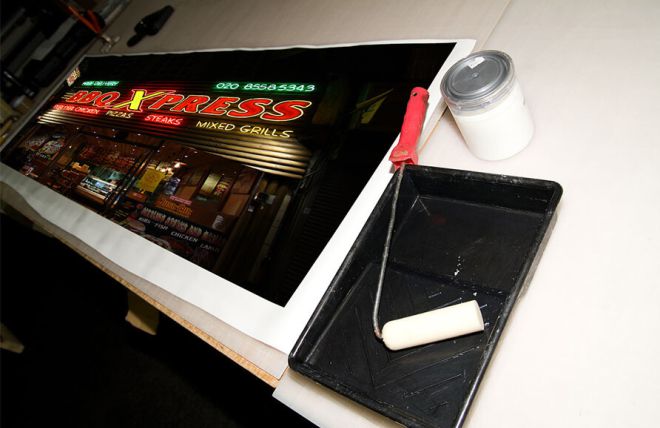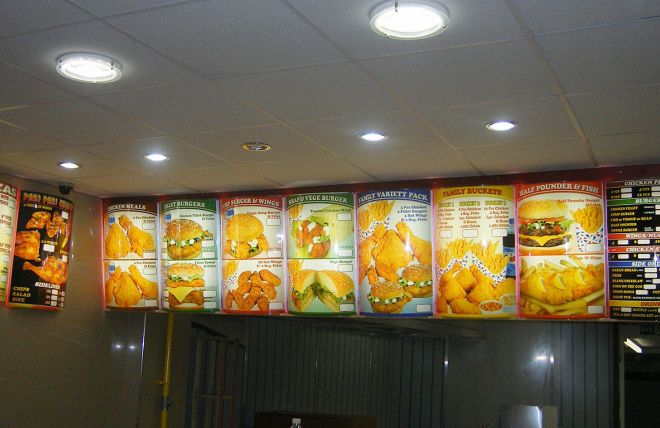
A new and upcoming trend in electronic signage
Digital signage is a segment of electronic signage. Digital displays use technologies such as LCD, LED, OLED, projection and e-paper to display digital images, video, web pages, weather data, restaurant menus, or text. They can be found in public spaces, transportation systems, museums, stadiums, retail stores, hotels, restaurants and corporate buildings etc., to provide way-finding, exhibitions, marketing and outdoor advertising. They are used as a network of electronic displays that are centrally managed and individually addressable for the display of text, animated or video messages for advertising, information, entertainment and merchandising to targeted audiences.
Digital Display signage is used in restaurants through an interactive menu screen that rotates promotional offers. Restaurants use digital signage both indoors and outdoors, with the latter needing a form of weather protection depending on the components of the hardware. Outdoor usage of digital signage is most prevalent in drive-through that allows the customer to browse through the entire menu at a glance while also placing their order with an interactive touchscreen. Indoor digital signage is used for the display of menus. Prior to the integration of digital signage, restaurants manually updated the cafeteria menu, which is in itself a full-time job, especially if the menu is updated daily. With digital signage, restaurants do not have to manually update the menu feed, with live menu feed from digital signage solutions. According to a survey conducted by quick-service restaurants and casual restaurant operators, over 20% of restaurant operators experience a 5% sales lift after incorporating digital signage in their service sectors
How We Install Digital Menu Signage in 5 Steps
- We Choose Your Digital Menu Display Software.
- We Get Your Digital Sign Screen Hardware.
- We Mount The Hardware and Connection Cables.
- We'll Help You Mount Your Digital Screen.
- Then Connect Your Digital Screen To The App.
- We'll Help Create Menus & Digital Signage Playlists For You.




